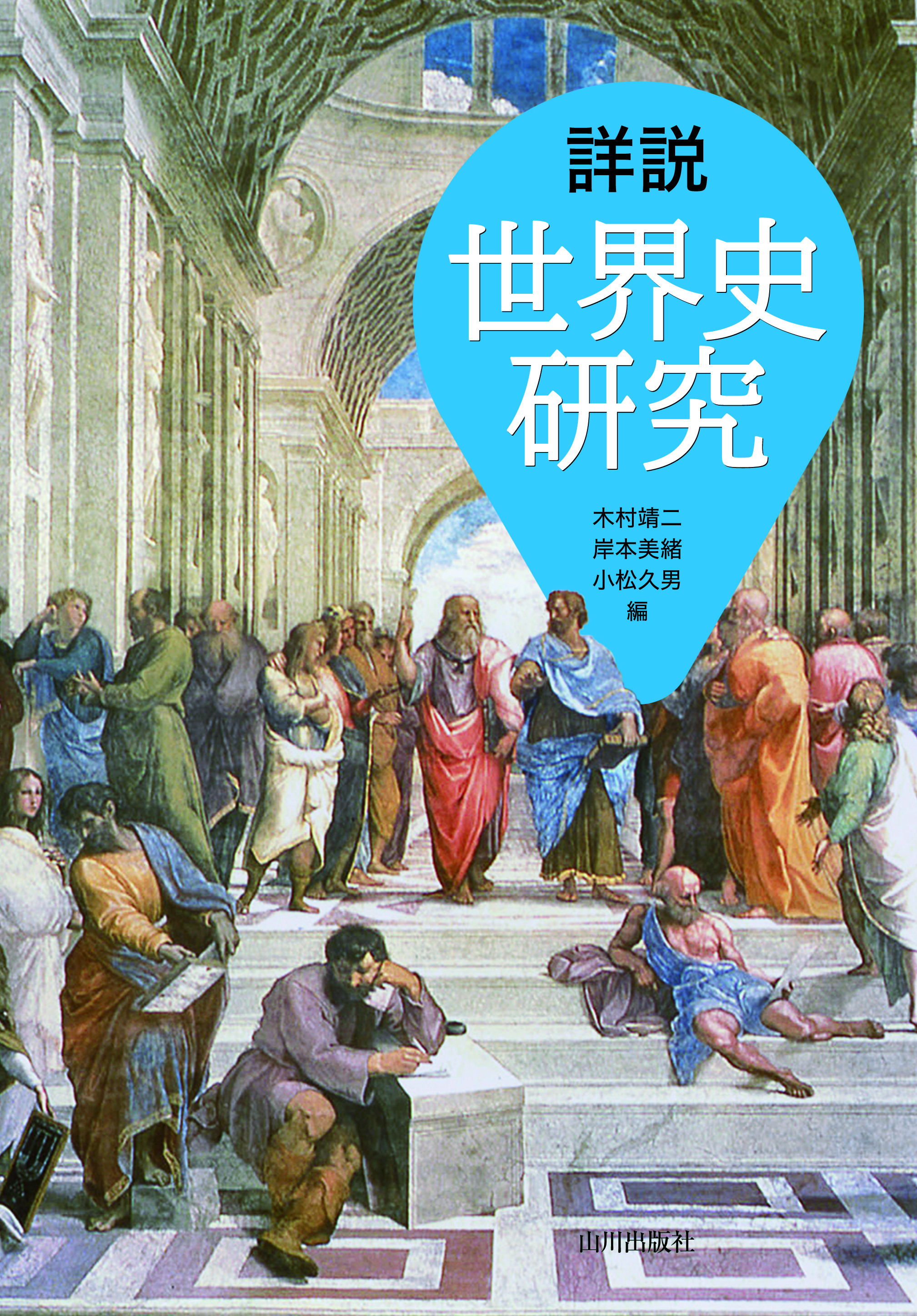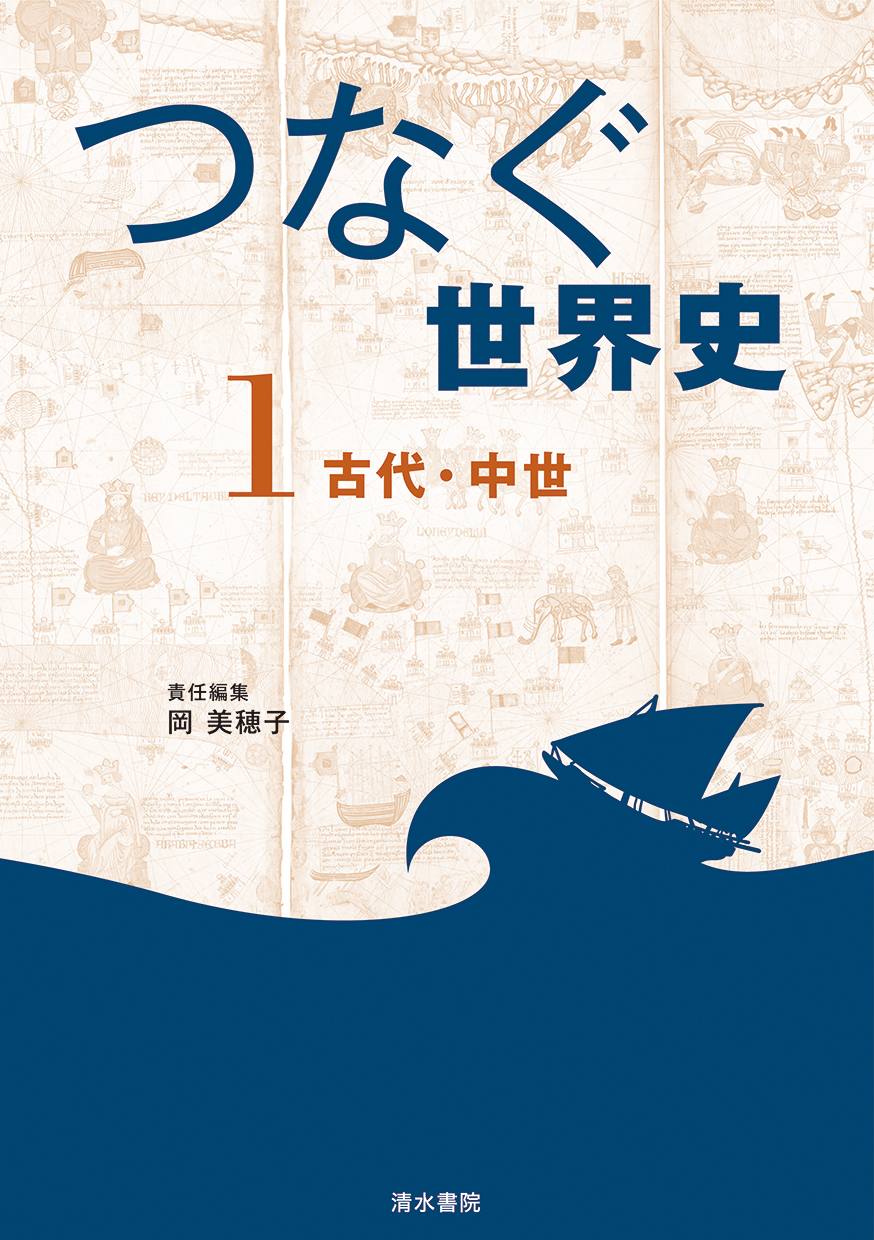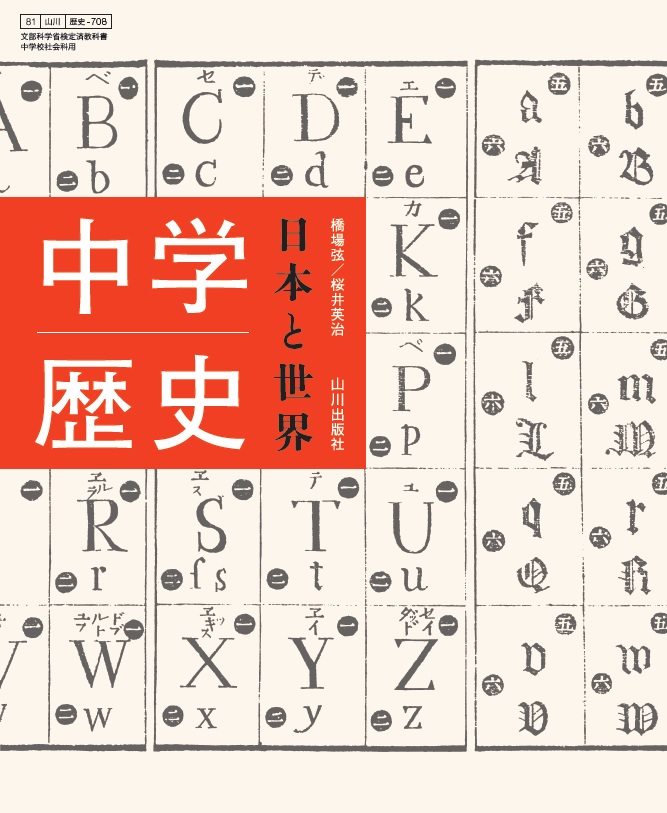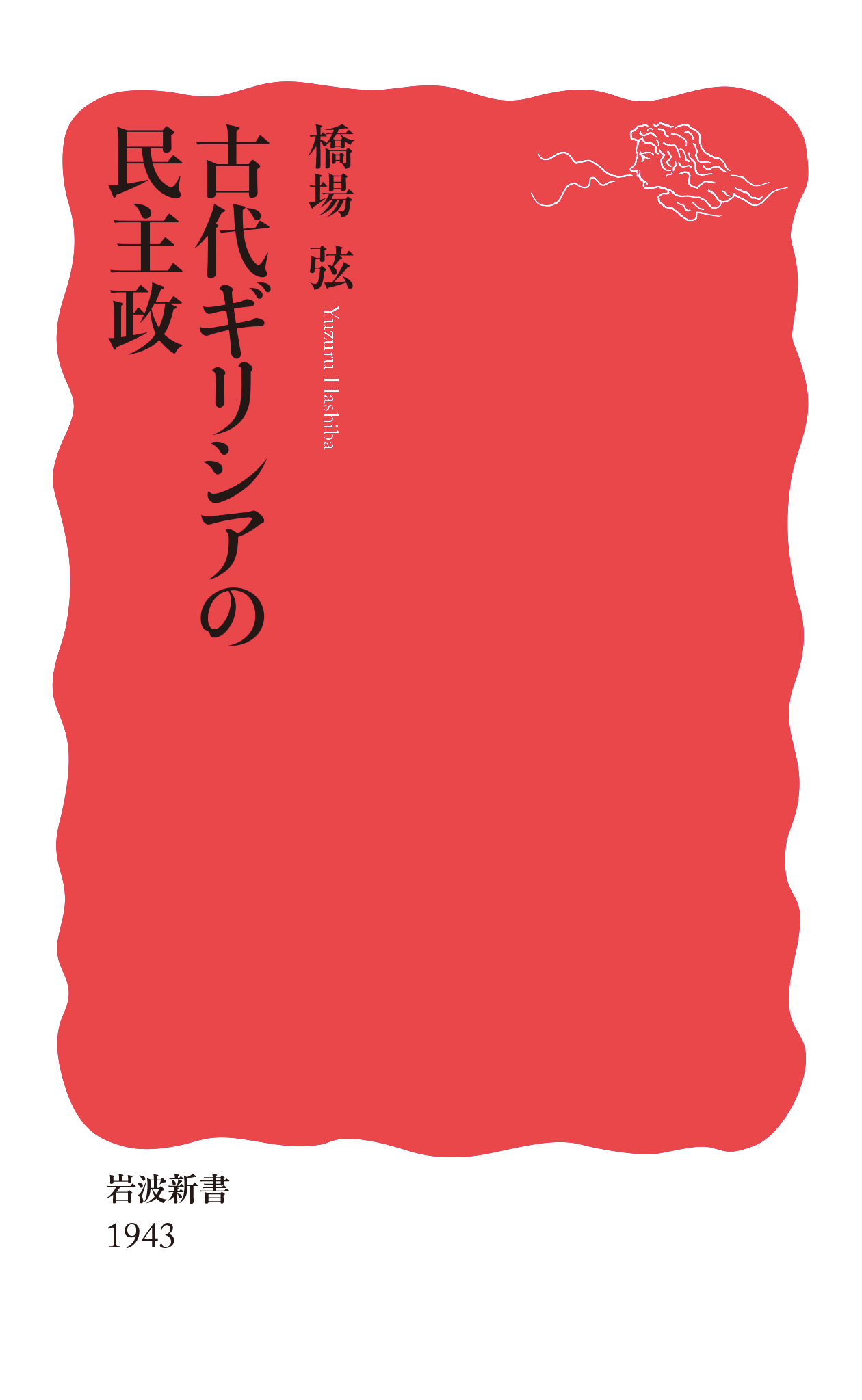
Title
Shosetsu Sekai-shi Kenkyu (A Detailed Interpretation of World History Studies)
Size
576 pages, A5 format
Language
Japanese
Released
December, 2017
ISBN
978-4-634-03088-6
Published by
Yamakawa Shuppansha Ltd.
Book Info
See Book Availability at Library
Japanese Page
This book provides an overview of world history based on a deeper examination of topics covered in World History for High School (Current World History B) published by Yamakawa Shuppansha, which has an established reputation as being one of the best high school world history textbooks. It has received high praise not only as a study reference for university entrance exams but, also, in recent years, as an educational reference for the general public. It is a must read for anyone wanting to study world history at a deeper level.
The 2017 edition represents a complete rewrite by new authors of the familiar, long-selling World History for High School. What distinguishes this edition is its scholarly rigor based on remarkable recent developments in history studies presented in easy-to-read language with abundant use of short articles and figures. As a detailed paperback overview of world history, it is one of a kind. The information it contains is highly reliable and satisfies the needs not only of students preparing for university entrance exams but, also, members of the general public.
After discussing the evolution of humans and establishment of civilizations in the prologue titled “The Prehistorical World,” in Part I, the book deals with the “Ancient World” in various regions—including the Ancient Orient, Mediterranean, South Asia, and East Asia—up to the establishment of regional societies. The Greek and Roman world established in the Mediterranean region while being influenced by the Ancient Near Eastern Civilizations became the foundation on which subsequent European civilization was established. In East Asia, it was the birth of the Chinese Empire characterized by an orderly institutional state. Part I also discusses the formation of the South-East Asian world, the Inner Asian world, and the Indian world established on the Eurasian continent.
Part II provides a general overview of the historical worlds established in various parts of Eurasia from the 5th to the 16th centuries. The formation of the Islamic world and Medieval Europe played a critical role in determining the direction of subsequent world history.
Part III surveys the modern period from the 16th to the 19th centuries. Starting with the Age of Exploration that coincided with the Renaissance and Reformation, the section discusses the expansion of the Western Europe, which up to that point had been peripheral to the civilized world, and the process of realizing “proto globalization.”
Part IV discusses the occurrence of two world wars at the tail end of the partitioning of world through imperialism and subsequent developments of the current world leading up to today.
The book provides a well-balanced survey of world history based on the latest trends in history studies, covering the birth of ancient civilizations in various parts of the world, the emergence of modern orders through the interaction and evolution of these civilizations, and the processes, including the occurrence of various paradoxes and problems, leading to the formation of the world of today. The book uses color figures and illustrations throughout and includes abundant short articles on topics that would not appear in an official textbook but that are useful for developing understanding. A detailed bibliography and index for each chapter is provided at the end of the book.
(Written by HASHIBA Yuzuru, Professor, Graduate School of Humanities and Sociology / 2021)



 Find a book
Find a book





